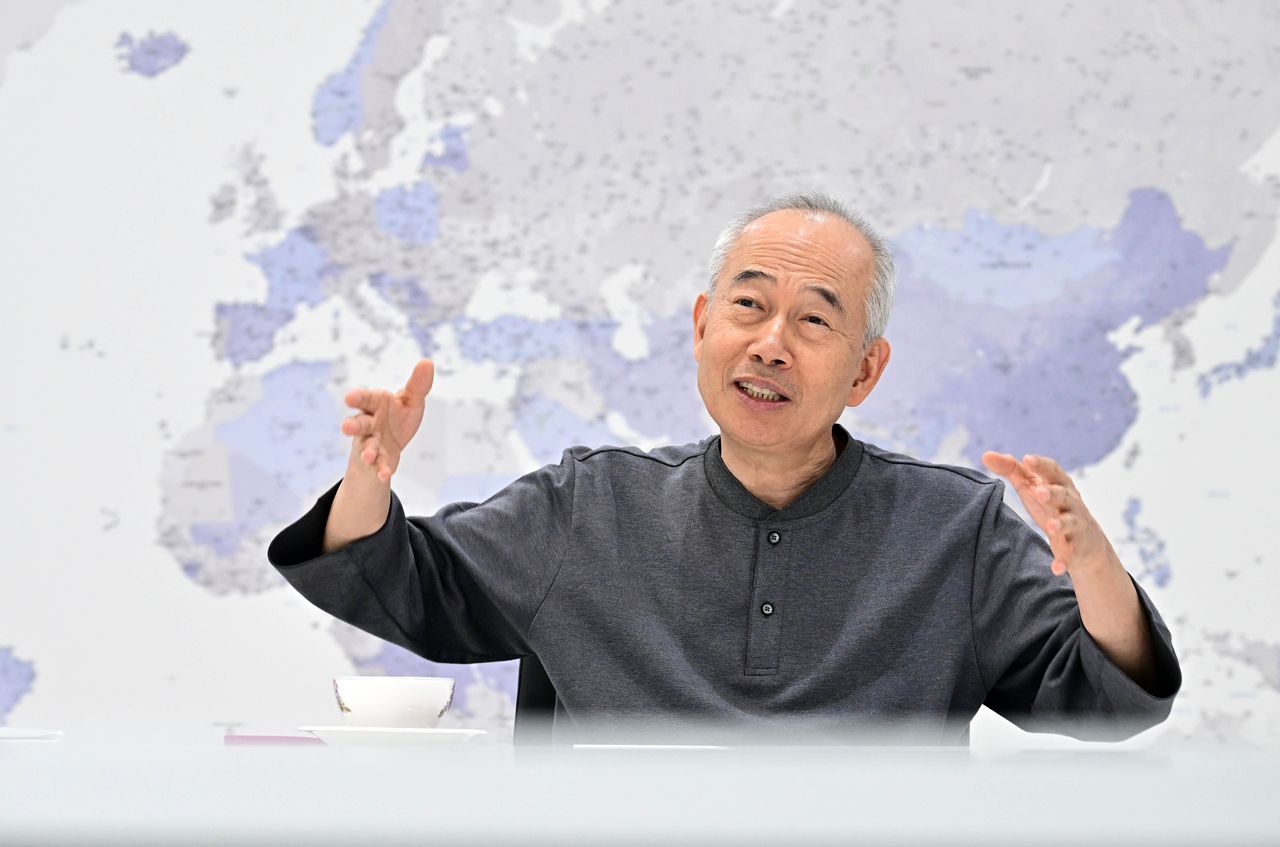 In 1993, when Hwang Chul-joo embarked on his mission to create front-end chipmaking equipment, he faced a wall of skepticism. Korea was just taking its first tentative steps into the semiconductor industry, and the idea of a homegrown company developing tools for early-stage chip production seemed preposterous to most.
In 1993, when Hwang Chul-joo embarked on his mission to create front-end chipmaking equipment, he faced a wall of skepticism. Korea was just taking its first tentative steps into the semiconductor industry, and the idea of a homegrown company developing tools for early-stage chip production seemed preposterous to most.
“People back then said Korea couldn’t even produce a screw suitable for semiconductor equipment,” reminisced Hwang, the founder and CEO of Jusung Engineering, Korea’s pioneering chipmaking firm. “They were astounded. How could Korea possibly achieve this? And how could a single individual, not even a major corporation, pull it off?”
But Hwang’s conviction never wavered. Having cut his teeth at Hyundai Electronics – whose semiconductor arm later evolved into SK hynix – and the Dutch chip equipment giant ASM, he held an unwavering belief in the future of integrated circuits, the cornerstone technology embedded in virtually every modern device.
He sensed the timing was right, as Korea’s three major chaebols were also venturing into the chip business.
“In my youthful eyes, the chaebols seemed invincible. I thought, if they’re betting on semiconductors, success must be within reach.”
At the tender age of 35, Hwang launched Jusung Engineering from a cramped single-room office shared with a friend. By 1997, Jusung had become the first Korean company to export front-end chip equipment. The following year, it achieved another milestone as the world’s first to mass-produce atomic layer deposition (ALD) equipment for DRAM capacitors.
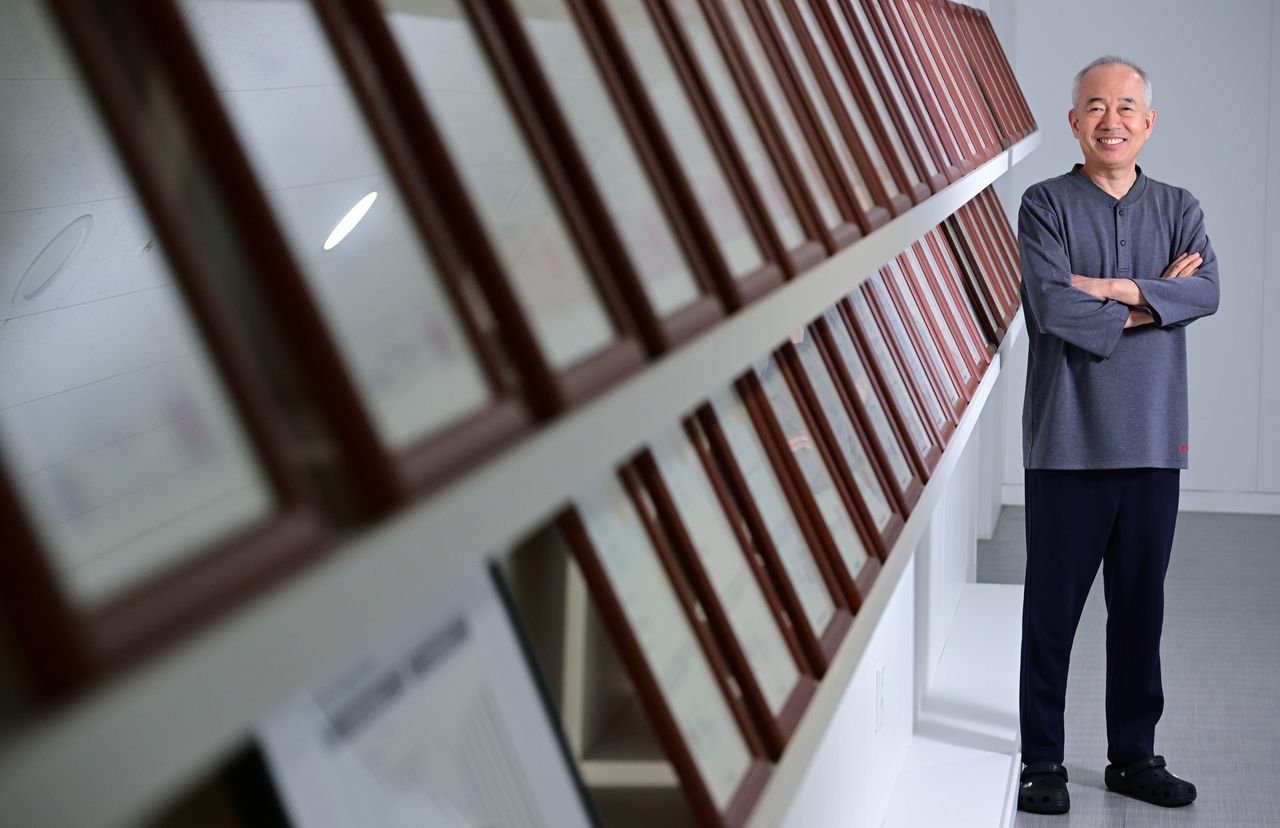 No innovation, no future
No innovation, no future
Hwang attributes his company’s three-decade longevity to an unyielding commitment to innovation.
“Innovation is the fastest and surest path for someone born with nothing to rise,” he asserted. “It’s about outpacing time, overcoming obstacles, and embracing risk.”
With artificial intelligence on the rise, the need for innovation in semiconductor integration has become even more pressing. Hwang explained that his company is staying ahead by developing ALD tools for group III-V compound semiconductors. These materials, seen as next-gen alternatives to silicon, can break performance bottlenecks without relying on extreme miniaturization.
“Equipment makers must work five to ten years ahead so the tools are ready when the industry pivots,” he emphasized.
Jusung is also partnering with clients to test its new glass substrate deposition equipment, recognizing glass’s potential as a next-gen material to replace traditional silicon interposers in advanced packaging.
“In the AI era, logic and memory chips need to communicate in real-time. Physical distance slows data transfer, increases heat, and drives up power consumption.”
Glass cores, Hwang believes, could bring logic and memory chips closer together. He predicts that soon, memory and logic chips will be manufactured on a single substrate.
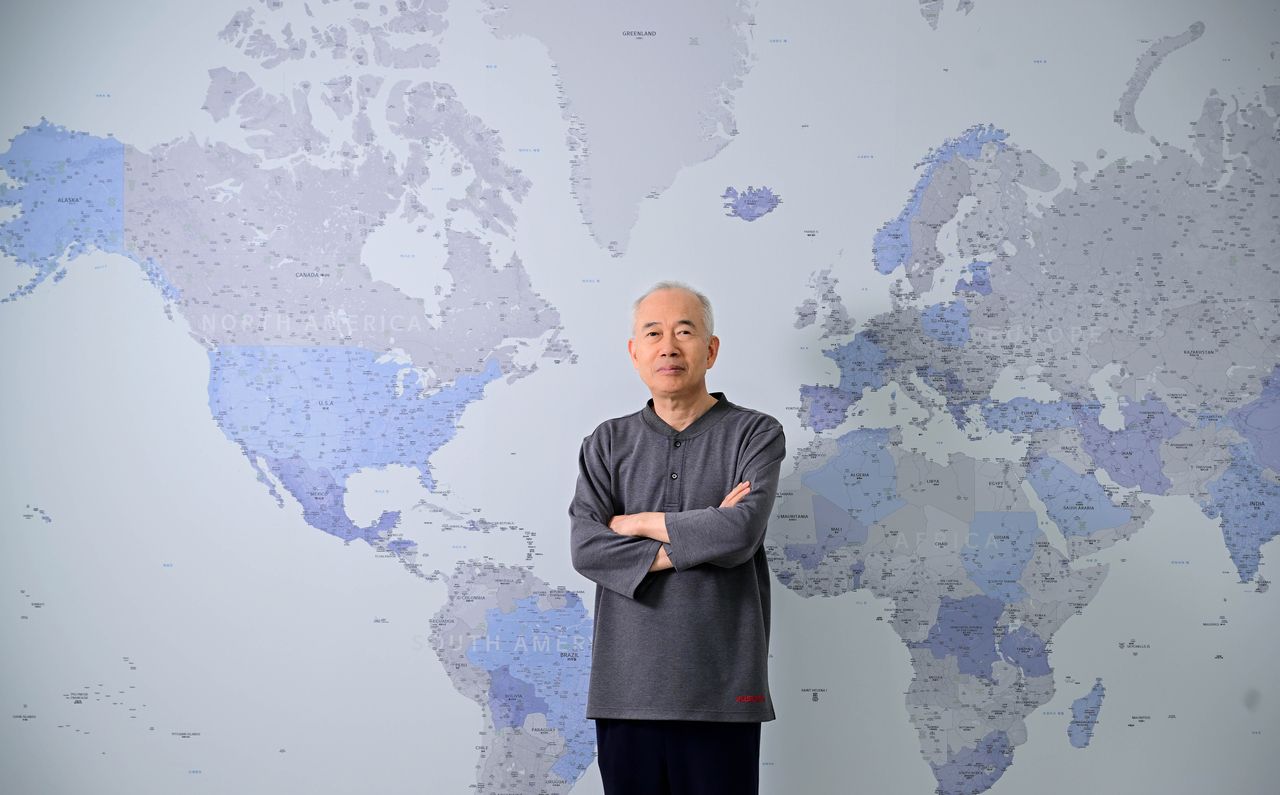 Unrivaled No. 1 strategy
Unrivaled No. 1 strategy
Drawing on four decades of industry experience, Hwang voiced concerns about Korea’s fragmented approach to industrial development. He warned that a lack of coordinated collaboration could undermine the country’s competitiveness in the global chip race.
“The semiconductor technologies of yesterday and tomorrow are worlds apart. Korea’s strength has been in memory, but going forward, memory companies will need to master logic as well,” Hwang stated.
“We need to work as a unified team. Other countries are operating systematically with robust government support. How can one person hope to beat ten working in concert?”
Major chip powerhouses like the U.S., Japan, Taiwan, and China are pouring investments into joint projects to bolster their domestic chip industries. While Korea is introducing its own support measures, such as tax credits and investment incentives, Hwang noted it simply can’t match its rivals’ spending power.
“What’s crucial is understanding that we now live in a world where consumers can easily distinguish between first and second place – and in this industry, there’s no prize for second,” he stressed. “Lose the global race, and you’re out of the game.”
Hwang urged the government to focus on removing obstacles and safeguarding the value of innovation. He criticized Korea’s continued reliance on its legacy as a fast follower, arguing that this imitation-based model has hit its limits.
“True competition is about who does it first – not who can do it,” Hwang asserted. “China is rapidly catching up through imitation, and Korea can’t compete with a nation of 1.4 billion using the same playbook. We have five years at best, three at worst, before Korean companies lose their edge to China.”
His advice is unequivocal: abandon the attempt to support 300 startups, 30 mid-sized firms, and 20 conglomerates in the name of “fair competition.” Instead, focus on cultivating one “world-first, one-of-a-kind” company.
He cited Nvidia Corporation as an example – the world’s leading supplier of graphic processing units with a staggering $4 trillion market cap, nearly double Korea’s GDP. If just one Korean company of that caliber emerges, he argued, the country’s per-capita income could skyrocket to $100,000 in no time.
Crucially, this “one-of-a-kind” company must maintain its unrivaled position.
“The moment two firms start doing the same thing, market value plummets fourfold. Korea has a habit of trying to replicate success, but that only weakens everyone,” he cautioned.
“Korea’s growth over the past 30 years came from developing the 99 percent that others had already invented. The next 30 years must be built on the 1 percent no one has yet imagined.”
The Top 100 Global Innovators series highlights the visionaries shaping Korea’s future across diverse industries – from bold entrepreneurs and tech pioneers to research leaders – whose innovations are making waves beyond Korea’s borders. More than just success stories, this series delves into the ideas, breakthroughs, and strategies propelling their achievements. — Ed.


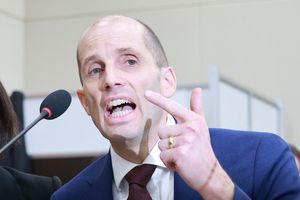


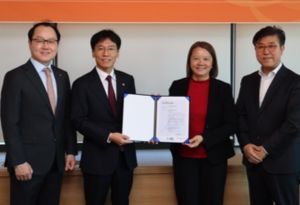




Most Commented